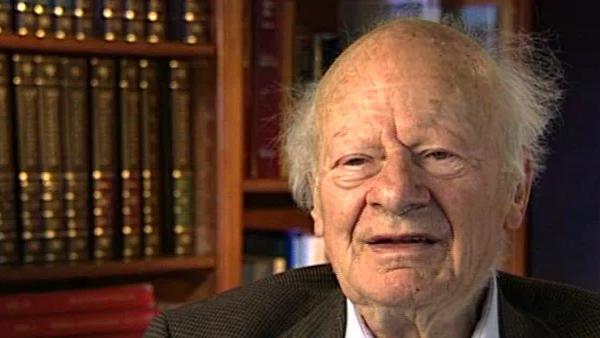NEXT STORY

Condensation of K-minus mesons
RELATED STORIES

NEXT STORY

Condensation of K-minus mesons
RELATED STORIES


|
Views | Duration | |
|---|---|---|---|
| 141. The formation of binary neutron stars | 232 | 01:52 | |
| 142. The statistics of masses of neutron stars | 226 | 01:57 | |
| 143. An upper limit to the mass of a neutron star | 273 | 01:47 | |
| 144. Condensation of K-minus mesons | 213 | 02:59 | |
| 145. How to observe a neutrino | 239 | 02:35 | |
| 146. Trying to observe neutrinos from the sun | 219 | 04:07 | |
| 147. Ray Davis's method of proving neutrinos come from the sun | 206 | 01:55 | |
| 148. How the Kamiokande experiment worked | 213 | 02:26 | |
| 149. Comparing the Kamiokande and Homestake experiments | 285 | 03:01 | |
| 150. Stanislav Mikheyev and Alexi Smirnov's theory | 237 | 02:54 |

